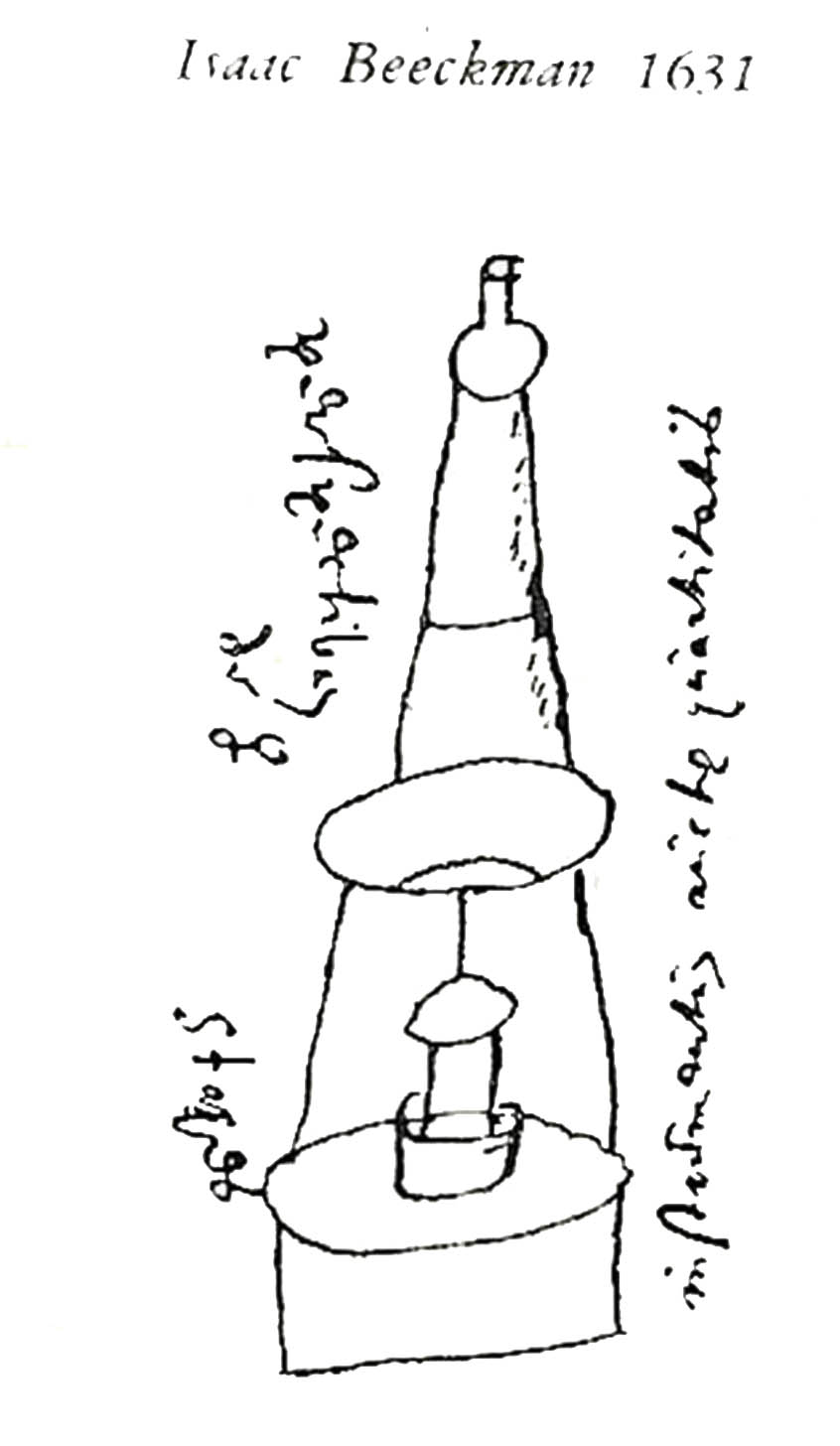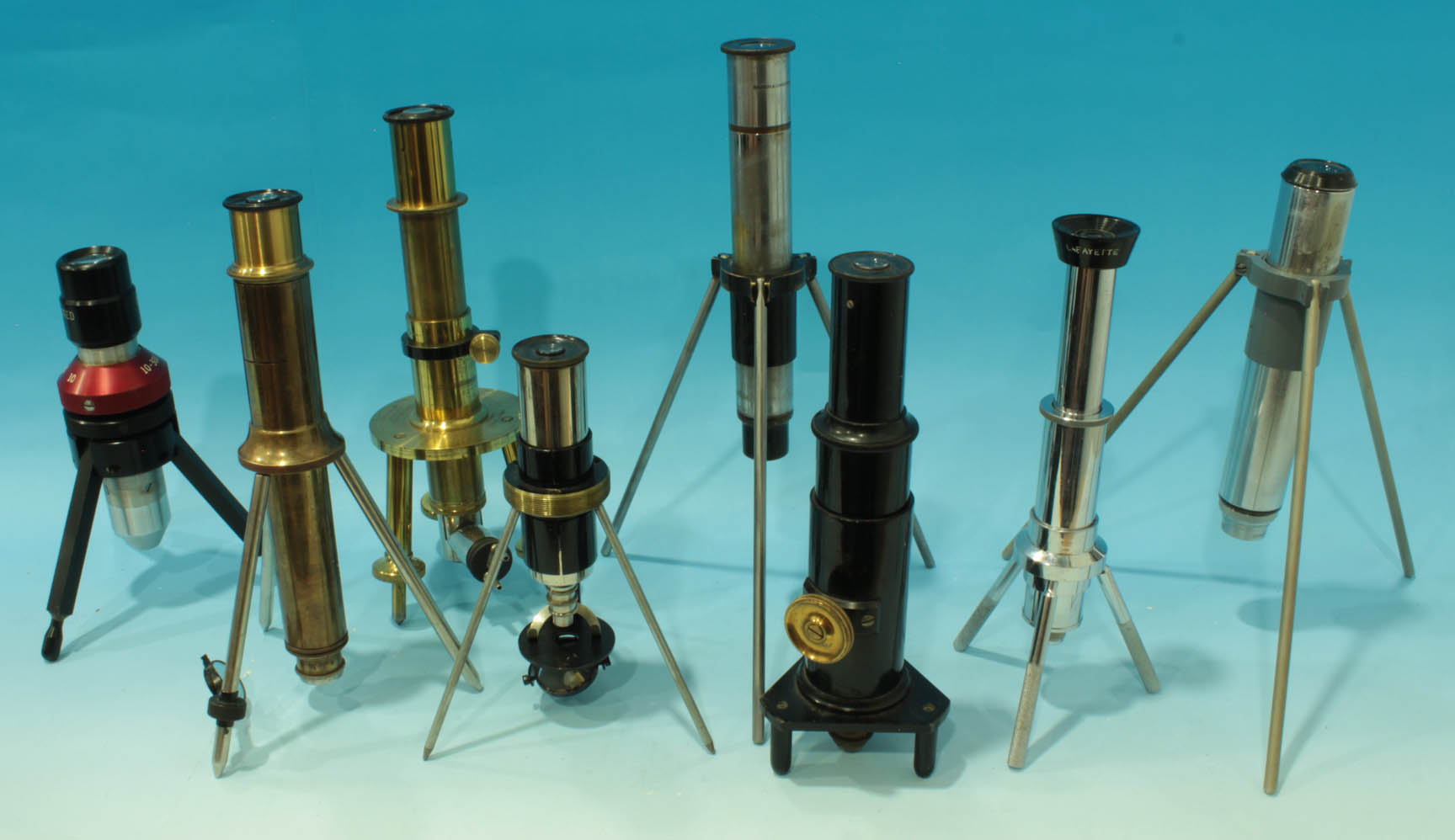| TRIPOD
MICROSCOPES |
| DATE |
COUNTRY ORIGIN |
MAKER |
TYPE |
MODEL |
IMAGES |
| c.1915 |
ENGLISH |
SWIFT & SONS |
SURFACE INSPECTION MICROSCOPE |
STEAD WORKSHOP MICROSCOPE | 
|
| 1925 |
GERMAN |
SPINDLER & HOYER |
POCKET TRIPOD MONOCULAR MICROSCOPE WITH STAGE |
POCKET MICROSCOPE |
 |
| 1925 |
GERMAN |
VOIGTLANDER |
TRIPOD MONOCULAR SURFACE INSPECTION MICROSCOPE |
WORKSHOP MICROSCOPE |
 |
| c. 1931 |
AMERICAN |
BAUSCH & LOMB |
PORTABLE COMPOUND MONOCULAR TRIPOD SURFACE INSPECTION MICROSCOPE |
WIDEFIELD TUBE MICROSCOPE |
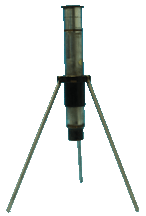
|
| c. 1956 |
AMERICAN |
BAUSCH & LOMB |
PORTABLE COMPOUND MONOCULAR TRIPOD SURFACE INSPECTION MICROSCOPE WITH MEASURING RETICLE |
40X WIDEFIELD TUBE MICROSCOPE WITH GRADUATED SCALE |
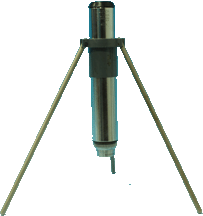
|
| c 3rd Qtr 20th C |
AMERICAN |
BAUSCH & LOMB |
TRIPOD SURFACE INSPECTION AND MEASURING MICROSCOPE |
ZOOM MICROSCOPE |
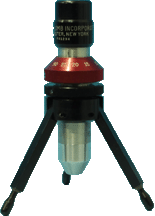
|
| c. 1960s |
MADE IN JAPAN FOR THE AMERICAN MARKET |
LAFAYETTE ELECTRONICS |
MONOCULAR TRIPOD SURFACE INSPECTION MICROSCOPE |
? |

|
